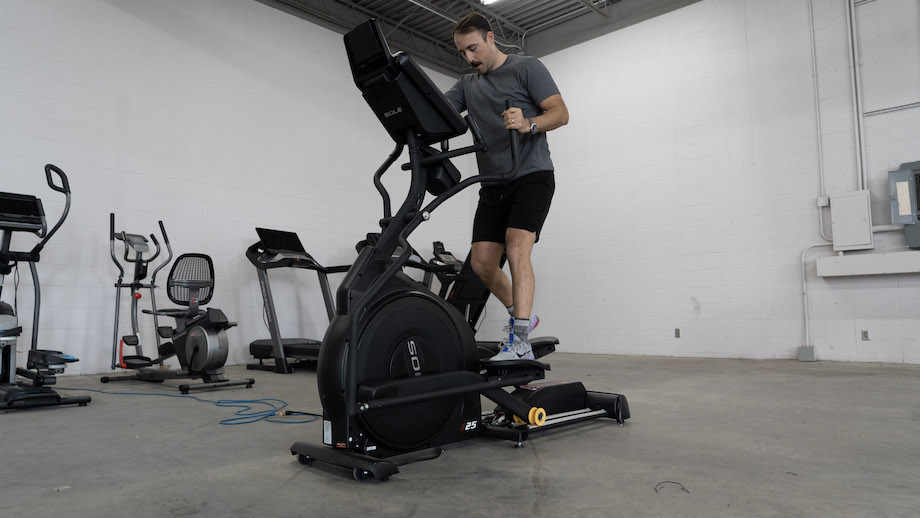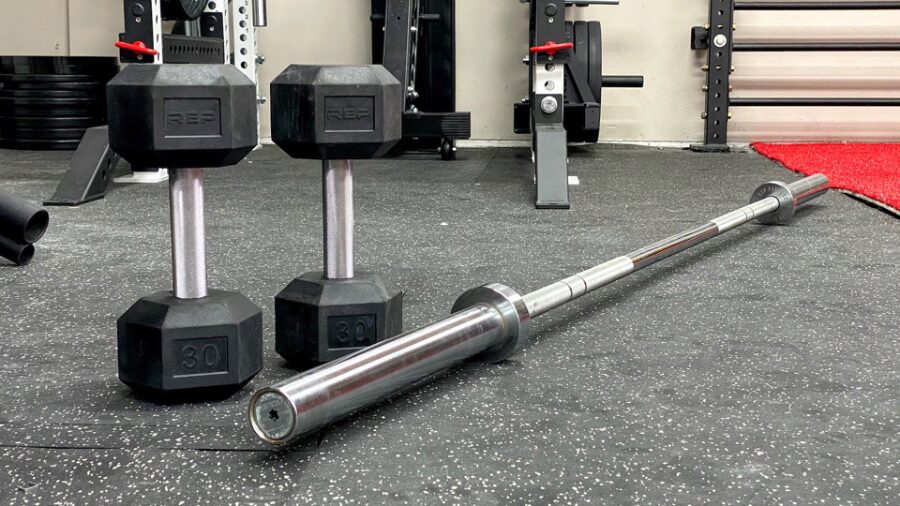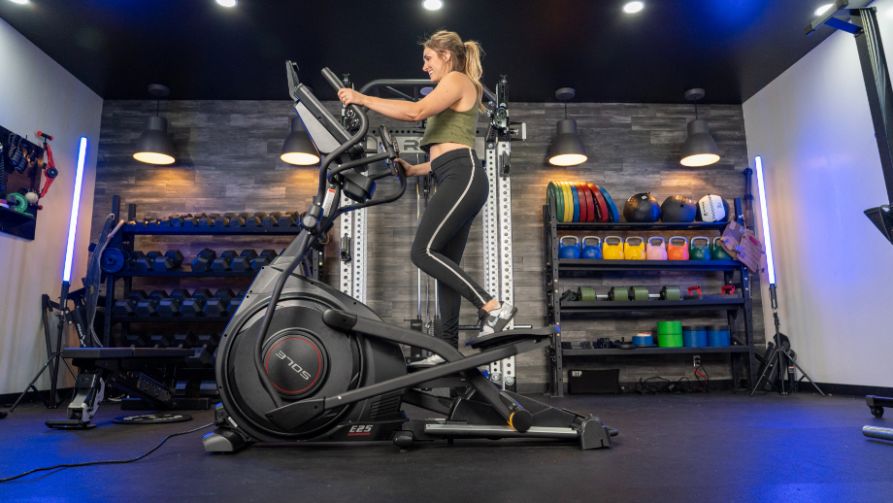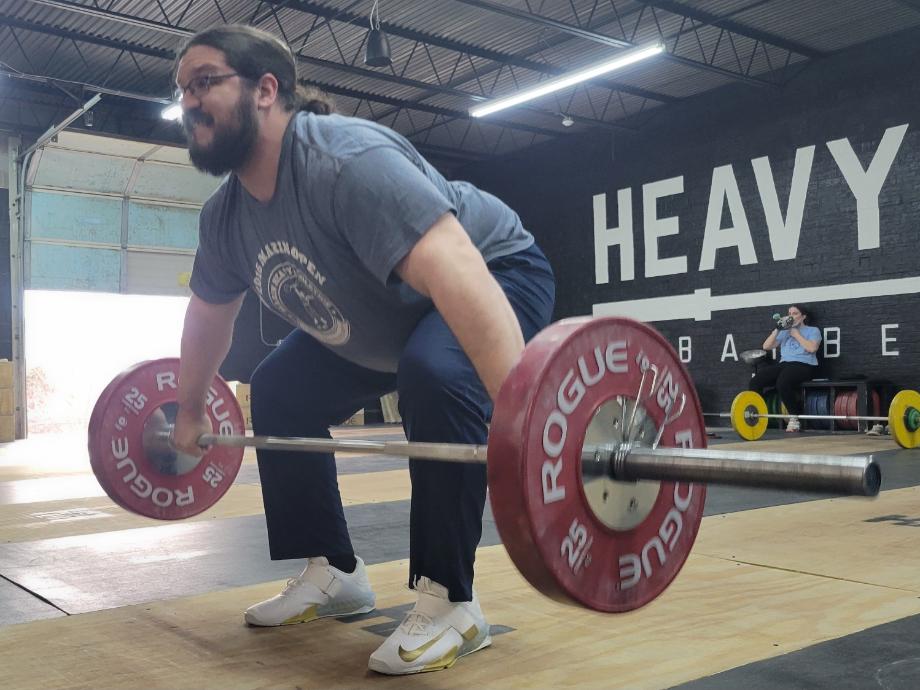Ever been to the gym for a cardio workout and all the elliptical exercise machines have been taken? There is a good reason why this cardio machine is popular.
The elliptical machine is favored by gym goers and runners alike because it simulates running in a low-impact fashion and it burns a ton of calories. This is one of a few reasons why it’s a good cross trainer for runners. Low-impact workouts on this exercise equipment are helpful because you will recover faster between workouts, and you’ll get great mental and cardiovascular benefits to keep your mind and body healthy.
Being a certified personal trainer, I often get the questions, “What muscles does an elliptical work?” and “Will it burn my belly fat?” Here, I will seek to answer those questions so you can get the best out of your elliptical workouts.
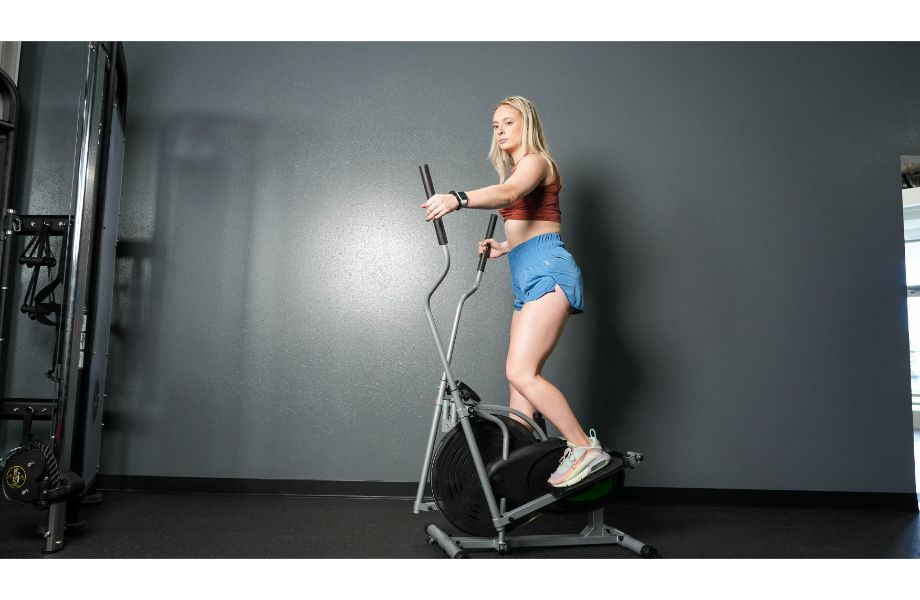
Key Muscles an Elliptical Works
Before we get into the muscle groups worked during your elliptical training, we’ll explain three types of muscle contractions: concentric, eccentric, and isometric.
Concentric contractions are when the force generated by the working muscle overcomes the resistance, and the muscle shortens. The triceps muscles shortening as you push away the elliptical handlebar is an example of a concentric contraction.
Eccentric contractions happen when the muscle lengthens while under tension due to an opposing force being greater than the force generated by the muscle. The quadriceps lengthening when your knee bends during the elliptical motion is an example of an eccentric contraction.
Isometric contractions happen when the muscles produce force but there is no change in the length of the contracting muscles. Your anterior core remaining neutral and stable is an example of an isometric contraction. Got it? Good. Now here are the muscles worked when using the elliptical.
Lower-Body Muscles
The heart is the most important muscle, and raising the heart rate is the most important function of using the elliptical for cardio exercise. But there are several other different muscles and functions trained using the elliptical. First, let’s take a look at the lower body and leg muscles you’ll use.
Glutes: (Or the butt for short.) The glutes are a group of three superficial hip muscles behind the pelvis and they are the gluteus maximus, gluteus medius, and gluteus minimus. The primary function of the glutes during the elliptical pedal stroke is the concentric contraction of the glute max creating a hip extension and a little hip hyperextension.
Hamstrings: The hamstrings are often referred to as one muscle, but the hamstrings are a group of three muscles on the back of your thigh: biceps femoris (long and short head), semitendinosus, and semimembranosus.
Eccentrically, the hamstrings are used to push down the elliptical pedal to assist the glutes with hip extension, and concentrically (knee flexion) during the upward phase of the elliptical stroke.
Quadriceps: (Or the quads.) The quads consist of four muscles on the front of the thigh: rectus femoris, vastus medialis, vastus lateralis, and vastus intermedius. When all four muscles work together, they are the strongest muscle in your body.
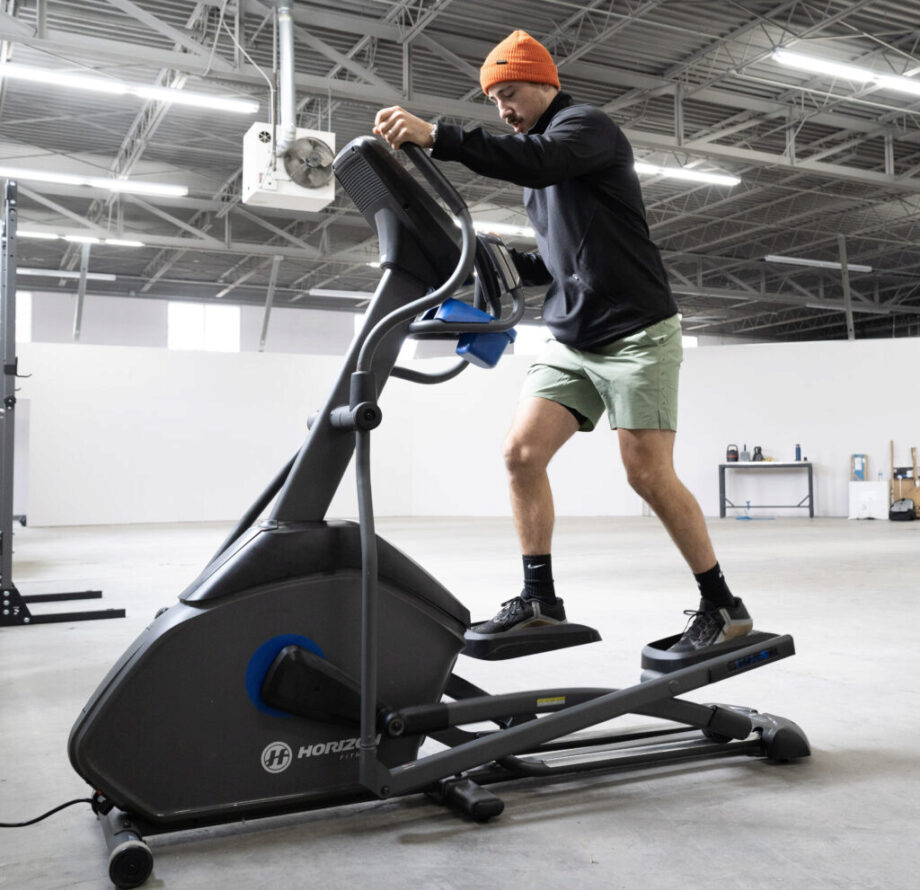
During the elliptical stroke, the quads work concentrically along with the hips to give you downward power during the pedal stroke. Plus, the quads lengthen slightly during the eccentric on the upward phase of the elliptical stroke.
Calf Muscles: These are made up of two main muscles, the gastrocnemius and the soleus. The gastrocnemius is the larger and most visible of the two, and the soleus lies underneath it. The calf muscles assist the quads in the downward power of the elliptical stroke via plantar flexion (i.e. the foot moving down and away from the body).
Upper-Body Muscles
Believe it or not, there is some upper-body action with the elliptical while pushing and pulling the handlebars.
Triceps: The triceps brachii is Latin for the three-head muscle of the arm. They are three separate muscles (long, medial, and lateral head) with different origins, but they attach to the same place on the elbow and run along the back side of your arm. The triceps work concentrically when pushing the handlebar away from you and eccentrically when pulling the handlebar towards you.
Rhomboids: Rhomboids, along with the trapezius, make up the upper back. The rhomboids originate from the cervical vertebra and run diagonally down and attach to the inside of the shoulder blades. Their functions during the elliptical are protraction (eccentric) and retraction (concentric) of the scapula when you’re pushing and pulling the elliptical handlebars.
Core Muscles
When you are doing elliptical workouts, you primarily work three abdominal muscles:
Rectus Abdominis: This is what most people know as the six-pack. The RA runs vertically up the front of the torso and is responsible for spinal flexion and anti-extension. Basically, this keeps your body stable while you are moving.
Obliques: The obliques are two muscles: internal and external obliques. They are located beside the rectus abdominis running from the hips to the rib cage. They’re responsible for the rotation of the torso as well as preventing the torso from rotating as you move.
Transverse Abdominals: The TA plays an important role in maintaining abdominal tension, which helps protect and stabilize your spine. All three muscles work together isometrically to keep you stable and allow the smooth transfer of power between your lower and upper body.
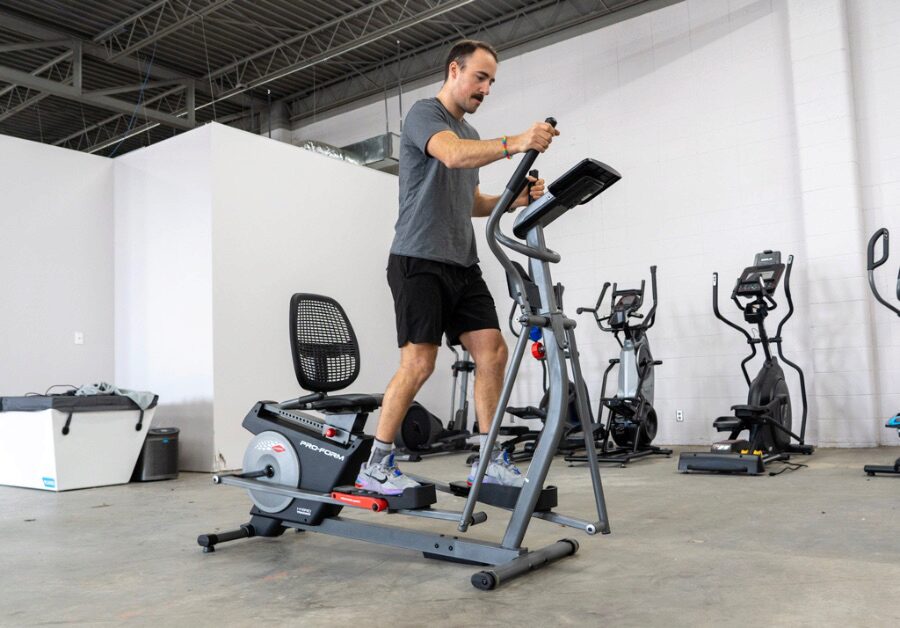
Will an Elliptical Machine Burn Belly Fat?
The elliptical workout is like most other forms of aerobic exercise: You’ll achieve a calorie burn, and this will help you burn body fat. It goes without saying you need to be in a caloric deficit and eat an adequate amount of protein for your weight for this to happen. If you combine HIIT workouts on the elliptical, resistance training, and a caloric deficit, this is where the real weight loss magic happens.
When it comes to burning calories on an elliptical machine, this is determined by your intensity, body weight, and duration. When all things are equal, a heavier person will burn more calories than a lighter person.
A Harvard Health study determined the calories burnt for a moderate-intensity 30-minute session on the elliptical for a 125-, 155-, and 185-pound person. According to the data, those people would burn 270, 324 and 378 calories respectively over the course of their workouts. So, yes, you can burn belly fat on the elliptical when combined with weight training and a calorie-controlled diet. However, you won’t spot-reduce fat on the belly so much as reap the benefits of burning calories in a workout which is part of the equation to lose fat.
Does an Elliptical Build Muscle?
Although the elliptical machine is a full-body workout and uses the major muscle groups of the lower body, triceps, and upper back, the elliptical is not the best way to build muscle. This activity is primarily endurance training to improve your cardiovascular health, whether through high- or low-intensity exercise.
Elliptical workouts, depending on the intensity, use slow-twitch muscle fibers, which are meant for muscular endurance. And this makes it better for fat-burning, not muscle-building. Fast twitch muscle fibers which are engaged with resistance training and other high-intensity activities are better for building muscle.But by improving your aerobic endurance, you can improve your recovery between resistance training and between sets of strength training exercises. This helps set the table for getting stronger, which can help you build muscle and strength.
FAQs About What Muscles Does an Elliptical Work
Can you get toned on an elliptical?
Yes, you can get toned using an elliptical when combined with a calorie-controlled diet and regular resistance training. “Toning” is a buzzword that refers to getting leaner or burning fat. Ellipticals help your body burn calories and fat.
What do 30 minutes on an elliptical do?
A 30-minute elliptical training session may burn 270–378 calories, depending on body weight according to a Harvard Health study. Plus, it will improve your aerobic endurance, too.
What muscles does an elliptical work most?
The elliptical primary uses the glutes, hamstrings, quads, and calves of the lower body and the triceps and rhomboids of the upper body.


